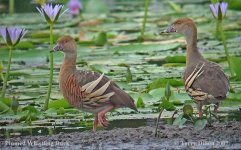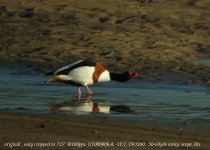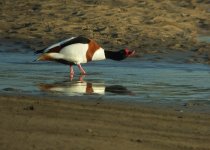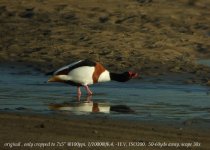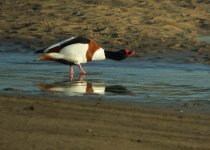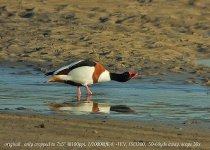Managed to get out and take a few pics in sunshine on Monday (7th), been very few chances with the weather lately. We all know how good the F30 is in poor light, but what about in good sunshine?
Well, the main problem noticed was how quick the whites were blown, not having spot metering doesn't help but it's one of the things we have to find ways around, mine is to give plenty of -EV and use the History Brush in Photoshop. I find doing this can make a great difference to the finished pic. On the good side this can be done without having to worry about an increase in noise levels.
The F30 can produce good images in bright sunlight as well as poor light but a little more care is needed in the exposure. To illustrate what I'm getting at I've put two pics below, the first is the original only cropped to 7"x5" at 100ppi and saved for web, the second is the finished pic with Levels adjusted several times, in small stages, using the History Brush in between each stage, USM applied, cropped to 7"x5" and saved for web.
The reason for this post is there seems so many F30 users at the moment asking how their pics can be improved that I thought I'd mention one technique that helps. I'm no expert in Photoshop, there may be better ways of doing it and maybe someone with a bit more expertise will post their methods!
The main thing is to keep taking plenty of shots and experiment with Photoshop etc. until you hit on something you like the results of.
Regards
John




